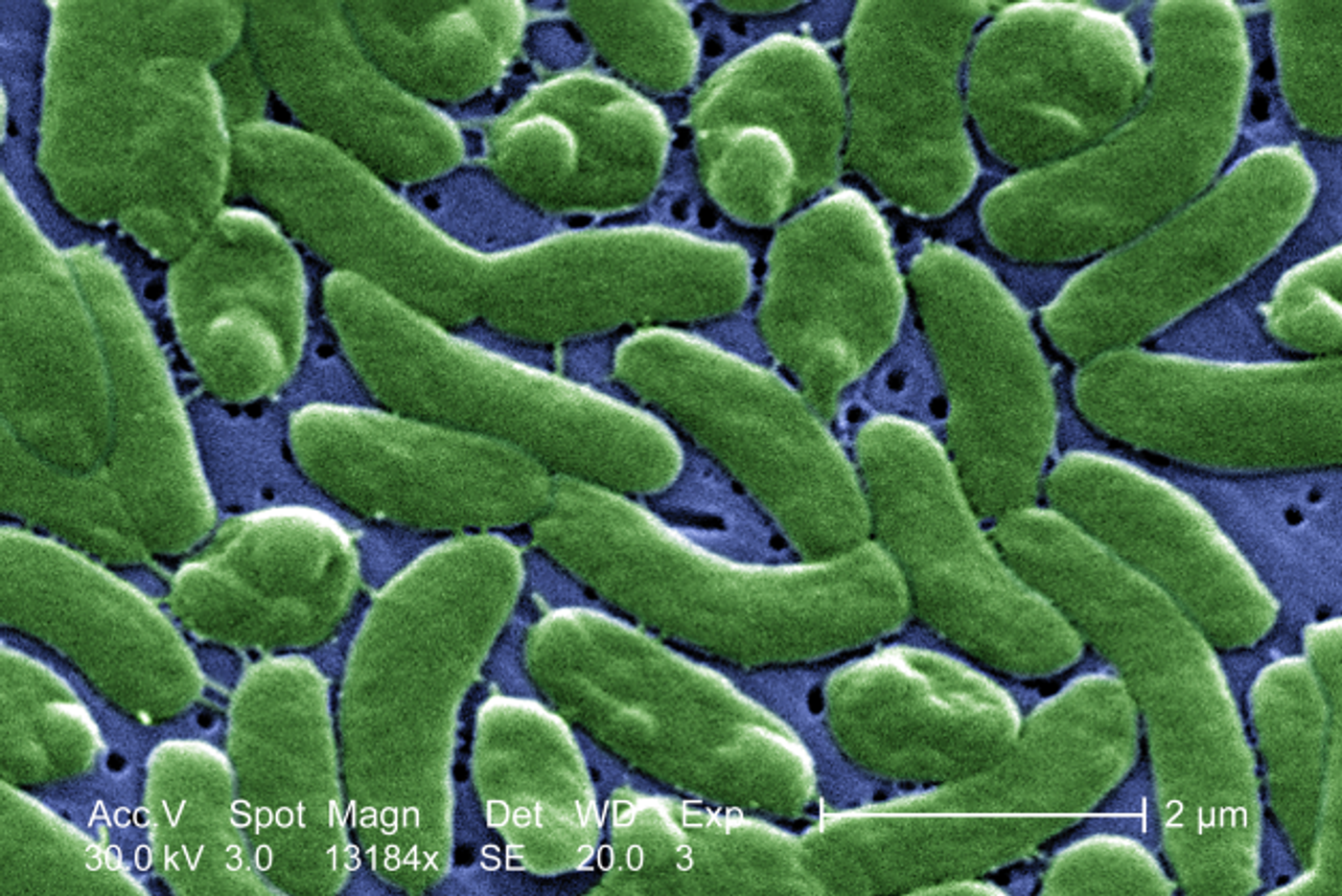Earlier in August, I reported on the fourth case of a brain-eating freshwater amoeba infection. Now, health officials have confirmed the death of a Maryland man from infection of a flesh-eating saltwater bacteria.

The victim was identified as Michael Funk, a 67-year-old man who contracted the bacteria,
Vibrio vulnificus, from the seawaters of a bay near his home in Ocean City, Maryland. According to doctors who treated him, the bacteria entered Funk’s bloodstream through a wound on his leg. Within days of pain in his leg, the infection had grown so out of control that doctors had to amputate. But even this drastic measure was not enough to stop the bacteria from claiming Funk’s life.
According to the Centers for Disease Control and Prevention,
V. vulificus can infect people through two methods. The first is by consuming raw or uncooked shellfish contaminated with the bacteria. This type of infection, known as vibriosis, is usually not fatal – usual symptoms include gastrointestinal problems.
The second method is more life-threatening because the bacteria can enter the bloodstream through an open wound. The infection would cause ulcers and necrosis as skin around the wound begins to break down. This is likely what happened to Funk’s leg and why doctors opted to amputate his leg in an effort to stave off further infection.
If the infection isn’t controlled before the bacteria enters the bloodstream, sepsis – a system-wide blood infection – occurs. Under ordinary circumstances, sepsis is one of the most serious medical conditions that can scare even the best-trained doctors. When sepsis is due to V. vulnificus infection, doctors estimate about 50 percent mortality. Unfortunately for Funk, his infection was beyond doctors’ best efforts.
The CDC reports that
V. vulnificus is present from May to October in warm coastal waters. The officials say the best chances of preventing infection of this potentially deadly bacteria is to avoid eating raw shellfish, and protect all exposed wounds from the seawaters when swimming.
Still, they underscore that deaths stemming from
V. vulnificus infections are relatively rare. Of the 80,000 infected cases in the US per year, they say around 100 cases are fatal. However, there’s no need to risk it if you can help it.
Additional sources:
Live Science,
Washington Post
 The victim was identified as Michael Funk, a 67-year-old man who contracted the bacteria, Vibrio vulnificus, from the seawaters of a bay near his home in Ocean City, Maryland. According to doctors who treated him, the bacteria entered Funk’s bloodstream through a wound on his leg. Within days of pain in his leg, the infection had grown so out of control that doctors had to amputate. But even this drastic measure was not enough to stop the bacteria from claiming Funk’s life.
The victim was identified as Michael Funk, a 67-year-old man who contracted the bacteria, Vibrio vulnificus, from the seawaters of a bay near his home in Ocean City, Maryland. According to doctors who treated him, the bacteria entered Funk’s bloodstream through a wound on his leg. Within days of pain in his leg, the infection had grown so out of control that doctors had to amputate. But even this drastic measure was not enough to stop the bacteria from claiming Funk’s life.







